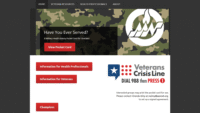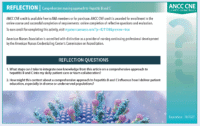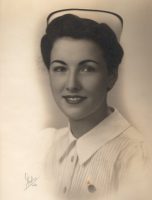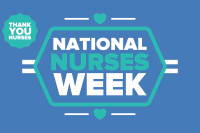Using a unique nurse identifier recognizes your contributions to quality patient care.
Intelligent systems surround us. They include automated robotic vacuums to clean floors, facial recognition programs to operate phones, and online personalized shopping suggestions based on our purchase patterns. All of these technologies require sophisticated software, algorithms, and systems to operate.
Intelligent information systems use smart information processing and advanced technology, such as artificial intelligence and advanced data analytics, to analyze massive amounts of data (for example, healthcare data), in seconds. How is it managed? Who manages it? Who benefits from it?
To use this vast amount of data and content effectively, systems must be easily managed, searched, and used for education, practice, and research. Obviously, nursing data must be easily organized and accessible. At least, that’s the vision. Norma Lang, PhD, RN, FAAN, FRCN, former American Nurse Journal editorial board member, articulated this vision in a landmark 1988 article, “The promise of simultaneous transformation of practice and research with the use of clinical information systems.” Here we are, 33 years later, still working on the vision. But the profession is getting closer to realizing it.
The Alliance for Nursing Informatics, American Medical Informatics Association, American Nurses Association, American Academy of Nursing, American Organization for Nursing Leadership, HIMSS, and at the Federal level, the Office of the National Coordinator for Health Information Technology, have worked cooperatively and synergistically to advocate for a unique nurse identifier (UNI). In addition, the Nursing Knowledge Big Data Science Conference and workgroups (which I’ve been a part of for many years) have identified specific tactics and policies needed for UNI implementation.
What’s a UNI?
It identifies each unique nurse in the electronic health record (EHR) and other health IT systems for documentation, education, research, and training purposes.
Why do we need it?
Today, nursing’s contribution to the health and care of individuals and communities is difficult to measure and frequently invisible. This lack of visibility is due, in part, to the absence of a UNI. Nurse leaders have recognized the need for a UNI for many years. Without it, using data to improve nursing practice and conduct nursing research isn’t possible.
Who needs it? Nurses and their employers need a standardized way to track nursing licensure across job and location changes throughout a nurse’s career. Hospitals and health systems need it to identify nurses in the EHR to aid in education and research.
Evidence supports the conclusion that nurses contribute to the prevention of adverse events in patient care, but we lack sufficient evidence to explain specific nursing contributions. Adopting the UNI would demonstrate the value of nurses in achieving optimal patient outcomes.


Lillee Gelinas, DNP, RN, CPPS, FAAN
Editor-in-Chief
References
Advocating for a unique nurse identifier—Policy recommendation. HIMSS. himss.org/sites/hde/files/Advocating%20for%20a%20Unique%20Nurse%20Identifier.pdf
Delaney CW, Pruinelli L, Alexander S, Westra BL. 2016 nursing knowledge big data science initiative. Comput Inform Nurs. 2016;34(9):384-6. doi:10.1097/cin.0000000000000288
Lang NM. The promise of simultaneous transformation of practice and research with the use of clinical information systems. Nurs Outlook. 2008;56(5):232-6. doi:10.1016/ j.outlook.2008.06.011
Office of the National Coordinator for Health Information Technology. Interoperability standards advisory (ISA). healthit.gov/isa
Sensmeier J, Androwich IM, Baernholdt M, et al. Demonstrating the value of nursing care through use of a unique nurse identifier. HIMSS. June 26, 2019. https://www.himss.org/resources/demonstrating-value-nursing-care-through-use-unique-nurse-identifier.


















